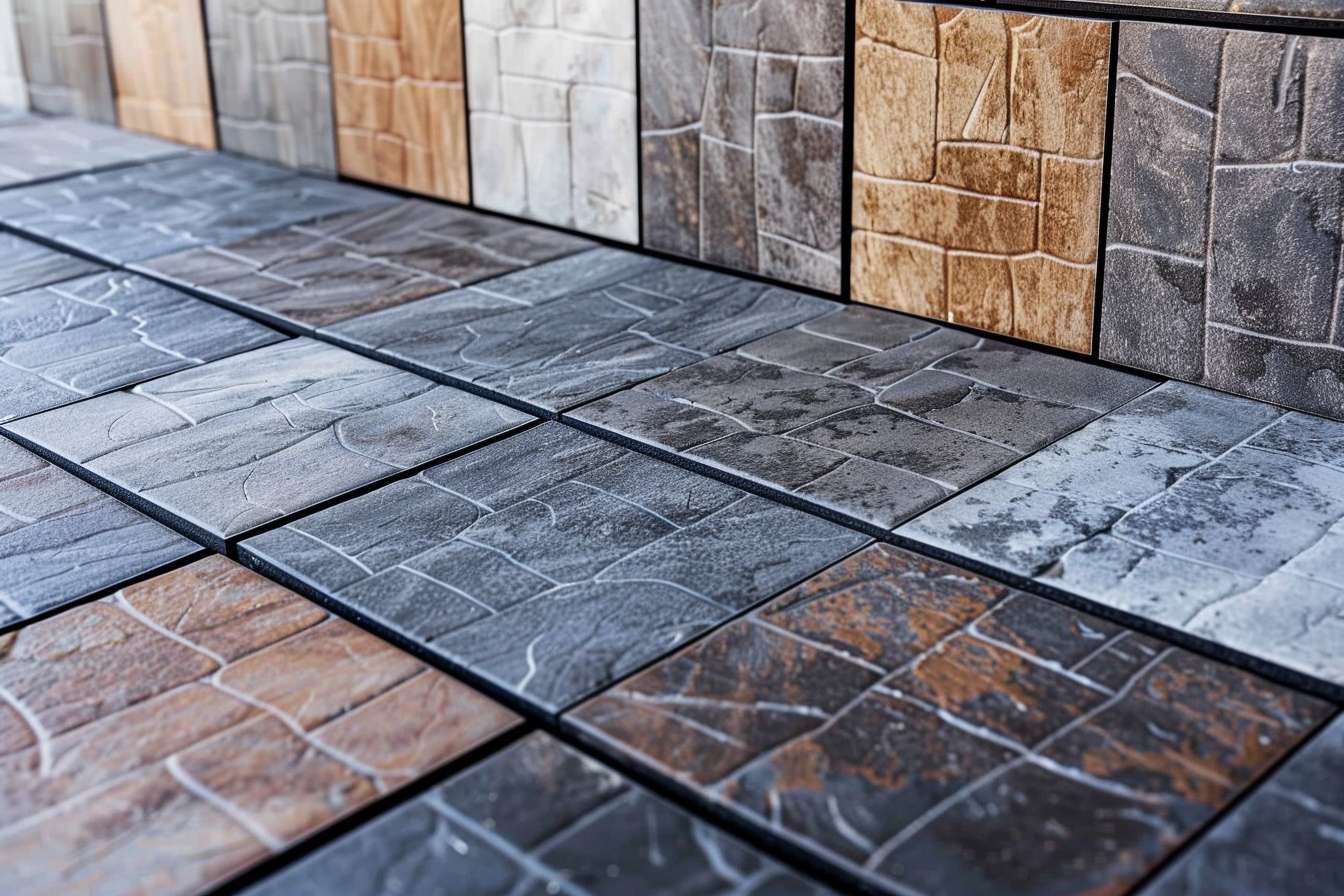Faux Stone Panels – Transform Your Home’s Style in Hours
Faux stone panels serve as a cost-effective and appealing alternative to natural stone, combining aesthetics with practicality. Featuring easy installation, diverse design options, and sustainable materials, these panels enhance the charm and energy efficiency of any space. Their durability and customization potential make them a smart choice for both residential and commercial design projects.

What Are Faux Stone Panels and How Do They Work?
Faux stone panels are manufactured replicas of natural stone, designed to closely mimic the appearance, texture, and sometimes even the weight of real stone. These panels are typically made from high-density polyurethane, a durable and lightweight material that can be molded to resemble various types of stone, including slate, limestone, and river rock. The panels interlock or overlap, creating a seamless look that’s virtually indistinguishable from authentic stonework when installed properly.
Why Choose Faux Stone Panels Over Real Stone?
Opting for faux stone panels over real stone offers numerous advantages. First and foremost is the ease of installation. While real stone requires professional masonry skills and significant time to install, faux panels can often be put up by DIY enthusiasts in a single weekend. Additionally, faux stone is much lighter than natural stone, reducing the structural load on your walls and foundations. This makes it suitable for a wider range of applications, including areas where real stone might be impractical or impossible to use.
What Are the Design Possibilities with Faux Stone Panels?
The design possibilities with faux stone panels are virtually limitless. These versatile products come in a wide array of styles, colors, and textures, allowing you to achieve looks ranging from rustic charm to modern sophistication. You can use them to create accent walls in living rooms, add character to fireplaces, enhance outdoor living spaces, or even transform the entire exterior of your home. Many manufacturers offer custom color options, enabling you to match existing decor or create a unique look tailored to your preferences.
How Do You Install Faux Stone Panels?
Installing faux stone panels is a relatively straightforward process that most homeowners can tackle as a DIY project. The panels are typically installed using a combination of construction adhesive and screws or nails, depending on the specific product and surface. Most manufacturers provide detailed installation instructions, but the general process involves measuring and cutting panels to fit, applying adhesive to the back, and securing them to the wall. It’s important to start with a clean, dry surface and to follow the manufacturer’s guidelines for the best results.
What Are the Maintenance Requirements for Faux Stone Panels?
One of the significant advantages of faux stone panels is their low maintenance requirements. Unlike real stone, which may need sealing or specialized cleaning, faux panels can typically be cleaned with mild soap and water. They’re resistant to fading, cracking, and peeling, making them an excellent long-term investment for your home. Additionally, many faux stone panels are designed to be moisture-resistant, reducing concerns about mold or mildew growth, especially in humid environments or outdoor applications.
Where Can You Buy Faux Stone Panels and What Are the Costs?
Faux stone panels are widely available through home improvement stores, specialty retailers, and online marketplaces. When considering where to purchase, it’s important to compare not just prices but also quality, warranty offerings, and customer service. Here’s a comparison of some popular providers:
| Provider | Product Range | Average Cost per Sq. Ft. | Key Features |
|---|---|---|---|
| GenStone | Extensive | $6 - $12 | DIY-friendly, 25-year warranty |
| Texture Plus | Moderate | $8 - $15 | Custom color options, fire-resistant |
| Faux Panels | Wide | $7 - $14 | Variety of stone types, weatherproof |
| Urestone | Limited | $5 - $10 | Lightweight, easy installation |
Prices, rates, or cost estimates mentioned in this article are based on the latest available information but may change over time. Independent research is advised before making financial decisions.
When selecting faux stone panels, consider factors such as the specific look you’re aiming for, the area of application (interior vs. exterior), and your budget. Many providers offer samples, which can be helpful in making your final decision. Remember that while the upfront cost of faux stone panels may seem higher than some alternatives, the long-term value, including ease of installation and low maintenance requirements, often makes them a cost-effective choice for home improvement projects.



